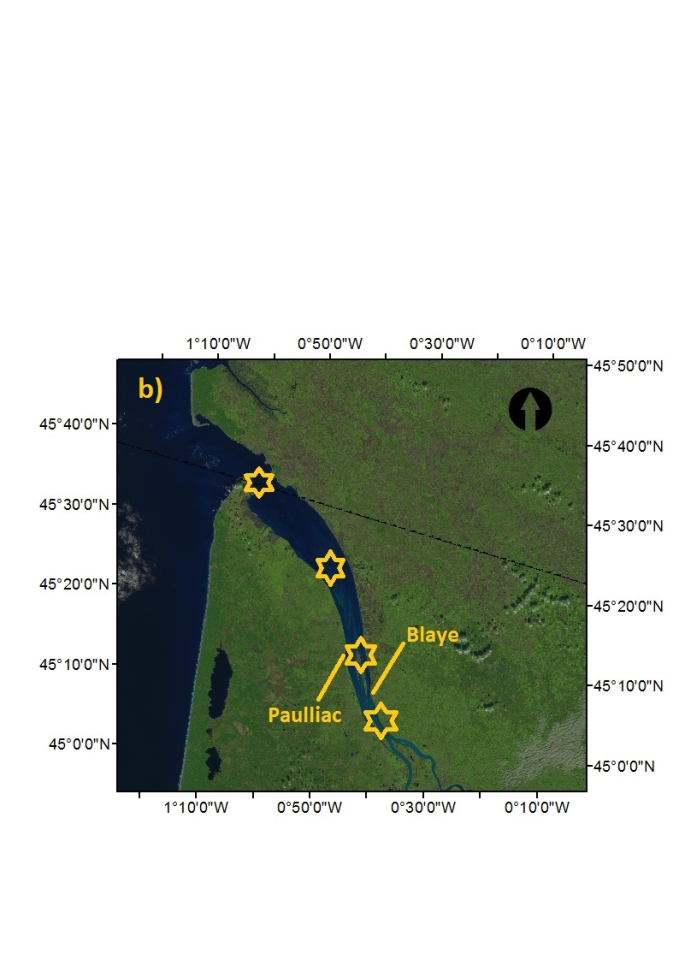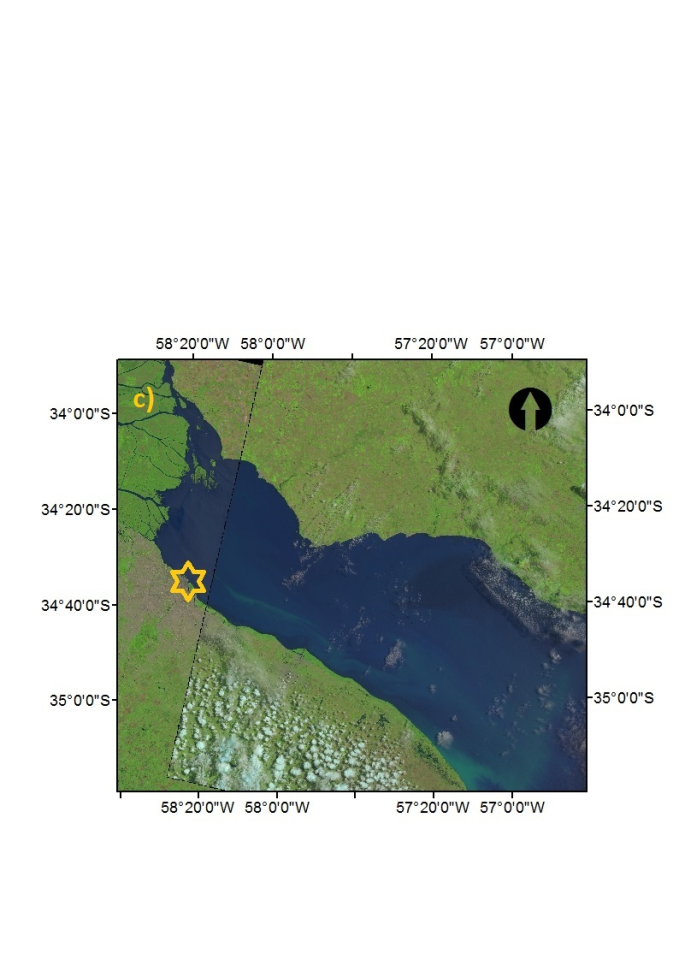Context and objectives
The limits of optical remote sensing of aquatic systems are being progressively pushed into more and more turbid water, because of growing interest in the environmental impacts of the world’s most important river estuaries/plumes and in the monitoring of inland waters. This evolution has already led to refinement of the black pixel assumption for the near infrared (NIR: 700-1000nm) marine reflectance and to the development of NIR-based Total Suspended Matter (TSM) retrieval algorithms for moderately turbid waters (10-100 g/m3). Extension of such approaches to extremely turbid waters (TSM> 100 g/m3) requires further refinement of theory and atmospheric correction algorithms. Use of the Short Wave Infrared (SWIR, 1-3 m) range then offers new opportunities, but requires fundamental research and measurements for a sound theoretical basis. Providing this basis is the focus of the SeaSWIR proposal.
Project outcome
- ASD water reflectance measurements showed a clear SWIR I reflectance signal for all sites, although very weak for La Plata
- A linear trend was observed between ASD reflectance for SWIR I versus a strong logarithmic trend in the NIR which indicates that in the SWIR I saturation occurs at higher TSM concentrations (outside the range of TSM concentrations measured here) than in the NIR.
- We have demonstrated that water-leaving radiance can be measured by the SeaPRISM for the 1019nm SWIR wavelength
- Performance of existing NIR turbidity algorithms was tested
- A new correction method for the Hydroscat has been developed
- A SWIR similarity spectrum was defined and tested with in situ measurements
- MODIS images were processed to examine the validity and limitations of the SWIR atmospheric correction algorithm. The SWIR atmospheric correction yielded questionable quality of Rrs products over areas of extremely turbid waters
- Recommendations were given to the scientific community and space agencies
| Project leader(s): | VITO - Remote Sensing - Teledetectie en aardobservatieprocessen | |||||
| Belgian partner(s) |
|
|||||
| International partner(s) |
|
|||||
| Location: |
Global |
|||||
| Related presentations: | ||||||
| Related publications: | ||||||
| Website: | ||||||



